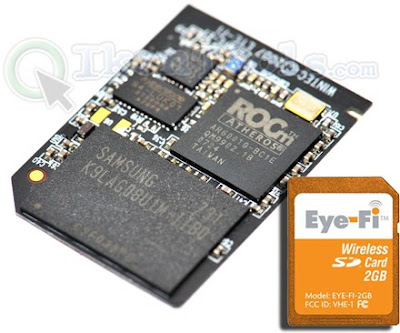The history and future of Chrome OS
A little bit of background
For more years than I’ve been alive, there has been a bitter battle between Apple and Microsoft. Over time, Apple realised no matter what they did, it could never hold the monopoly over Windows so the moved onto better things. The iPod was a punch in the stomach to Microsoft, which never thought it would take off.
Since then, Bill Gates has banned Apple products in his house and Microsoft set up an “iPod amnesty”, where employees with an iPod could bin it and replace it with a Zune, Microsoft’s iPod equivalent. Due to the recession, this effort was cut short and Apple still dominates the Zune.
When Google came about nearly a decade ago, Microsoft’s ears pricked up and the company assumed a defensive stance. Google had no interest in targeting Microsoft - it was Microsoft who saw Google as the threat and pummeled everything it had into Live Search, now Bing. Google saw this defensive move as quite interesting, partly hilarious. Up until this point, this was Microsoft threatened by Google, not the other way around.
When the “official news” broke of Google’s operating system via their blog on Tuesday, the blogosphere picked up the story faster than a fat person picking up a cake in a bakery. It was quite an intense spectacle.
Google’s unearthed plans
Google’s plans to roll out a desktop operating system hasn’t been a decision made lightly. After playing with Android, Google’s operating system designed for mobile devices, isn’t bad for a first attempt. But I reckon they have been planning this for a good number of years at least.
Via ReadWriteWeb, Google CEO, Eric Schmidt, wrote an article for the Economist:
“
In 2007 we’ll witness the increasing dominance of open Internet standards. As web access via mobile phones grows, these standards will sweep aside the proprietary protocols promoted by individual companies striving for technical monopoly. Today’s desktop software will be overtaken by Internet-based services that enable users to choose the document formats, search tools and editing capability that best suit their needs.”
While the potential to delve into conspiracy and “read between the lines” syndrome could be easy in this case, the above quote indicates they were plotting the Chrome OS.
Chrome, the name of Google’s already quite popular browser, is put forward as the name of their operating system. This could well be a significant step towards the future of operating systems. TechCrunch believes a web browser is all you will need when using a computer in the near future. We see this with online office suites, online email, online social communication and online messaging. Why not the OS too?
In my opinion, Google started up as a lowly search engine which took the world by storm. Nobody expected it to do this well, probably not even the initial team. But with the revenues made, the breadth and depth of the service, the brand and everything else involved, they realised how powerful they were. Google, in this respect, will be the next Microsoft.
What next?
Considering Google has only just taken off the beta tags of it’s most popular non-search services, GMail and Apps, some may believe that Chrome OS will be in a public forum soon. But as we have seen with Android, beta testing an operating system isn’t as easy as a web service.
But over the course of Google’s life, it has increasingly been moving in on Microsoft’s turf. With many Google services on the web, this ties in nicely with this operating system. As a relatively bare-bones OS designed for netbooks, based on the Linux kernel, it will be similar to Android in that it will be open source and community driven. What’s more, as a result, it will be free.
I doubt whether this will detract much of the market share away from Microsoft with the upcoming Windows 7 release, but on the non-software front, this will be an interesting couple of years in front of us.
Operating systems are the next battle ground and a Web based operating system is a possibility. Google has a chance. Still, either way, with the mysterious project, codename “Midori”, the next generation of Microsoft’s operating systems could well sweep the floor with other projects on the go at present.
For now, all we can really do is wait and see. It is us, the people, the next generation of techies which will decide.
 Kaspar.Credit: Image courtesy of University of Hertfordshire
Kaspar.Credit: Image courtesy of University of Hertfordshire 



